Zbudowano ją na solidnym fundamencie, w typowym dla wiejskiego budownictwa z początku XIX wieku usytuowaniu kalenicowym, czyli frontem do drogi. Wejścia z przodu i z tyłu prowadziły do sieni. W konstrukcji dachowej wbudowano natomiast poddasze mieszkalne.
Na początku chata spełniała rolę lazaretu, potem prawdopodobnie mieściła się tutaj plebania. Na przełomie XIX i XX wieku budynek często zmieniał właścicieli. W 1901 roku trafił w ręce znanego działacza, posła polskiego do parlamentu pruskiego ks. Józefa Wajdy. Proboszcz sprzedał go potem stolarzowi Franzowi Stuchlikowi. Nowy właściciel w 1924 r. przeznaczył część budynku na warsztat stolarski. Obecnie właścicielem drewnianego obiektu jest Muzeum Wsi Opolskiej w Opolu.
Czas mocno uszkodził budynek dlatego pod koniec XX rozpoczęto prace renowacyjne. Po autentycznej chałupie zostały dziś tylko zewnętrzne, drewniane ściany, belki u powały i komin.
Obecnie w chacie znajduje się część muzealna dotycząca opolskiej wsi. Jest tu także biblioteczka w której zbiorze znajdują się między innymi książki i publikacje w języku niemieckim oraz sala, na której odbywają się spotkania mieszkańców i koncerty.
Chata w Kielczy
To jedyny drewniany budynek na terenie gminy Zawadzkie. Zabytkowa chata powstała prawdopodobnie w czasie zarazy, która nawiedziła Kielczę w 1832 roku.
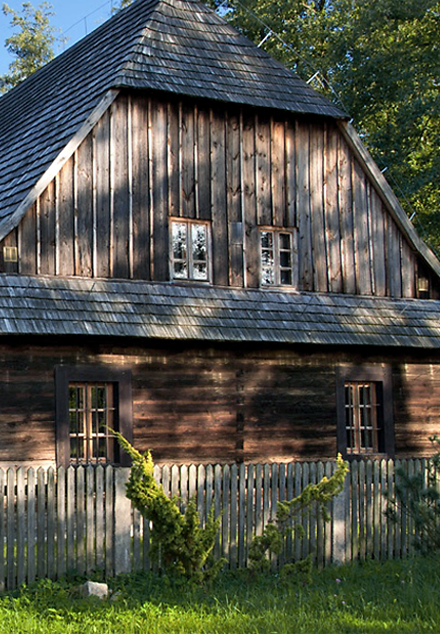
How it working
Aby posłuchać historii pomników w ramach projektu „Poznaj historię” należy wykonać kilka prostych czynności. Poniżej przedstawiamy krótką „instrukcję obsługi” - krok po kroku, tak aby w miarę prosto przedstawić Państwu sposób dotarcia do minisłuchowisk.
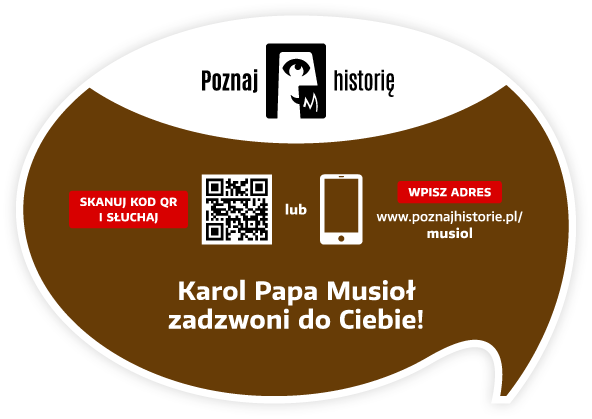
Trzeba mieć smartfon z aparatem fotograficznym. Obiektyw aparatu należy skierować w kierunku tabliczki informacyjnej znajdującej się tuż obok pomnika. Poniżej pokazujemy widok samej tabliczki oraz przykładowego jej umiejscowienia przy pomniku Karola Musioła w Opolu.
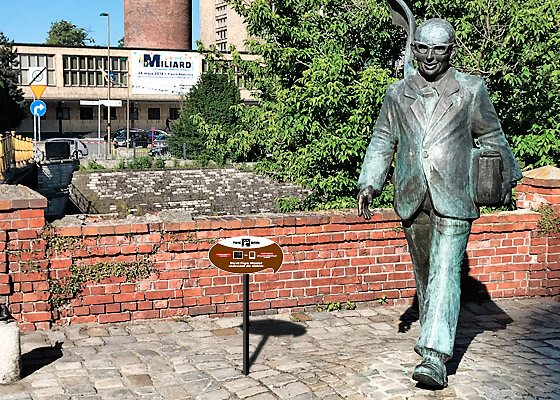
Po skierowaniu aparatu smartfona na kod QR znajdujący się w prawej części tabliczki na aparacie pojawi się ekran powitalny aplikacji, a następnie ekran z nazwą, zdjęciem pomnika i przyciskiem „START”.

Przycisk „START” uruchamia proces odtwarzania minisłuchowiska.
Następne kroki podpowie nam smartfon po wysłuchaniu historii lub przerwaniu jej odtwarzania. Prosimy o obserwowanie ekranu smartfona!

Inne dostępne opcje: krótka informacja o pomniku, autorze tekstu oraz nagrania, wykaz innych pomników w mieście objętych projektem "poznaj historię", mapka pomników do pobrania, film oraz linki do mediów społecznościowych.
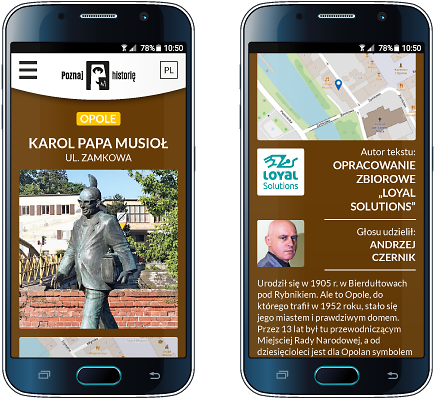

Chciałbyś wdrożyć projekt również w swoim mieście?
ContactWybierz obiekt
Zobacz galerię
Pomniki w mieście przypominają nam historię miejsc, ludzi, nawiązują do ważnych wydarzeń. To także dzieła pracy artystów. Brąz, metal, drewno czy beton zamienione w formę pomnikowego obelisku skupiają uwagę. Lubimy przy nich siadywać, fotografować się, umawiać.
Poniżej pokazujemy Państwu, jak reagują osoby słuchające opowieści niemych zazwyczaj pomników. Jak się uśmiechają, zamyślają, czasem dziwią albo bawią…
Partnerzy projektu
Realizacja projektu „Poznaj historię” w każdym z miast wymaga zaangażowania wielu ludzi: programistów, grafików, autorów tekstów, aktorów, realizatorów dźwięku czy osób koordynujących całe przedsięwzięcie. To dzięki nim powstał te projekt.
Naszą ambicją jest, aby jego zasięg stale się rozszerzał. Dlatego dziękujemy obecnym partnerom i zapraszamy kolejne miasta, instytucje oraz firmy i osoby prywatne do współpracy!
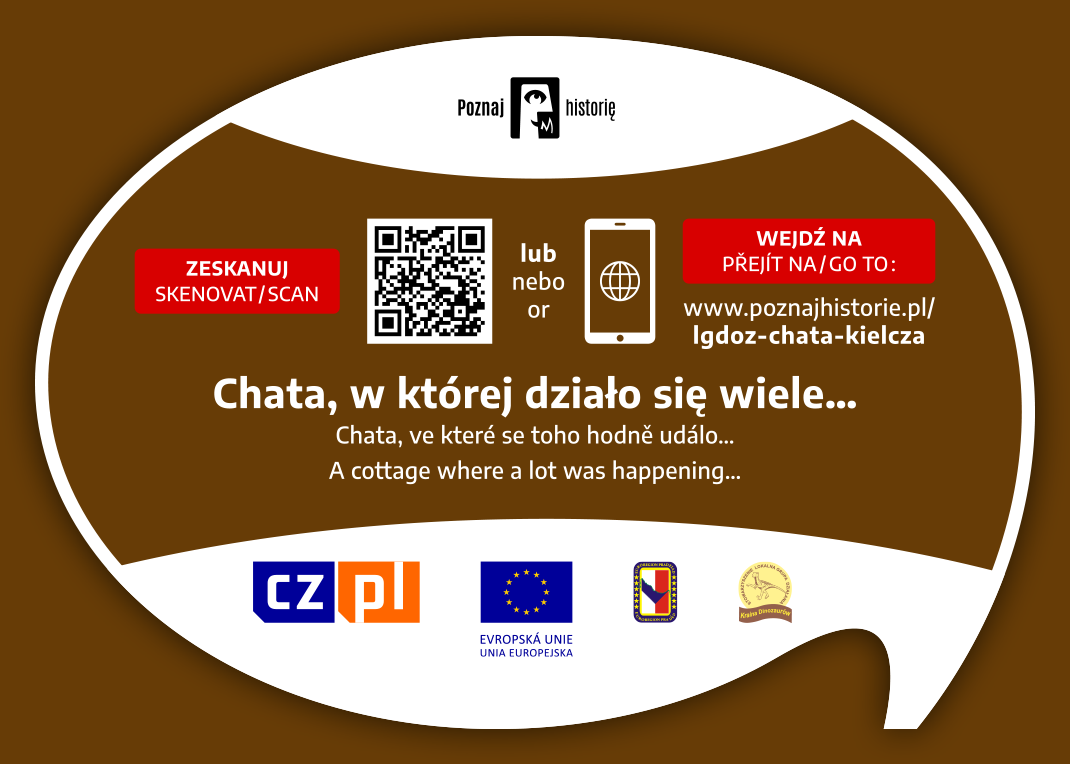


Visit Social media:
Share Social media: